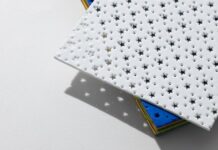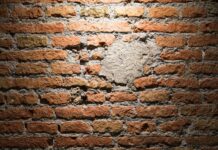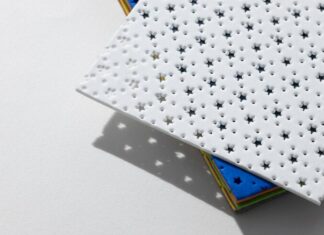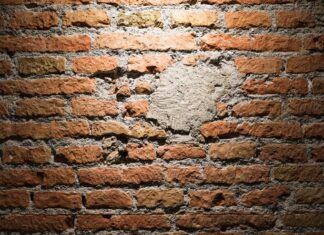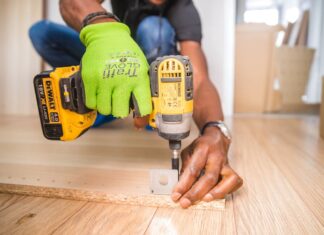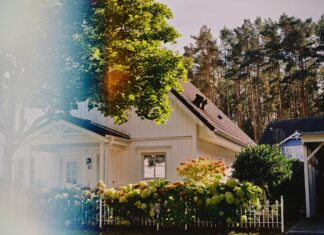We all want our skin to stay soft and smooth, but for most of us keeping it that way without Photoshop is a nearly impossible feat. Our skin is a memoir of its own, telling the story of every smile, every frown, every sunburn and every teenage pimple, that one time we gained a few pounds and the determination we had to lose them.
There are numerous factors at play that shape our skin the way it is. Exposure to the sun, the spell of aging and our genetic gifts (or curses) all shape our skin and reflect our maturity. They can lead to various changes in texture, pigmentation, can leave scars, freckles and expose our blood vessels. As we age, our skin loses some of its complexion, firmness and the glow that we had when we were younger.
Regardless of if it was age, health or genetics, there are numerous skin treatments that can help us retain some of that precious glow. Known as skin rejuvenation, these procedures can help our skin look younger and smoother.
We spoke to the cosmetic experts at DermRefine to learn more about these procedures and who could benefit from them the most.
Chemical Peels
Table of Contents
Chemical peels use various chemical formulas applied to a certain area of the face or the entire face in order to exfoliate and peel away the outer layers of the skin. The result of this procedure is much smoother skin and complexion.
This procedure can help those who need to tone, tighten and brighten their skin. They can also help with age spots, discoloration or blotchiness. As such, they are ideal if your skin is wrinkled or shows visible discoloration. It usually takes a few weeks to recover from the procedure and see the improvements.
There are different types of chemical peels, including:
Light Chemical Peels
These treatments use milder formulas to penetrate the outer layers of the skin and bring back its shine.
Deep Chemical Peels
This procedure uses stronger formulas meant to penetrate the deeper layers of the skin. As such, these treatments might be more complex and even require local anesthesia.
Laser Resurfacing
Laser skin resurfacing is a procedure physicians or dermatologists use to improve the texture and overall appearance of the skin.Also known as laser peels, lasabrasion or laser vaporisation, it is a common acne scar treatment but it’s also used to reduce blemishes and wrinkles.
Depending on the issue, there are two distinct types of laser skin resurfacing: ablative and non-ablative. Ablative lasers use Erbium or carbon dioxide (C02). Erbium is used to remove wrinkles and fine lines, as well as other surface issues. Carbon dioxide is used for deep wrinkles, warts and scars. Ablative laser resurfacing removes some of the outside layers of the skin.
On the other hand, non-ablative lasers don’t remove any layers of the skin but work on the surface level. They use pulsed-dye lasers, pulsed light and fractional lasers to get rid of spider veins, acne and rosacea.
Laser resurfacing does not damage the skin surrounding the area affected by the procedure and stimulates the growth of new collagen by heating the lower layers of the skin. Therefore, it is ideal for sensitive areas of the face. It takes anywhere between a few days to a few weeks to recover.
Dermabrasion
Dermabrasion uses controlled abrasive skin injuries to rejuvenate your skin. However, unlike chemical peels, Dermabrasion does not involve using chemicals. A fast-spinning dermabrasion tool removes the top layer of the skin, levelling it in the process. This causes new skin to grow over the injured one and replace it. This may cause some bleeding which some patients may find disturbing, but it is nothing to worry about. Depending on how many layers were removed, the recovery times may vary.


